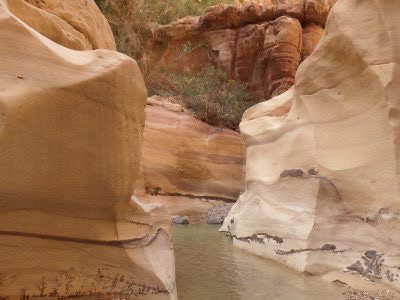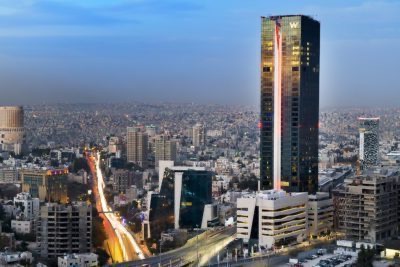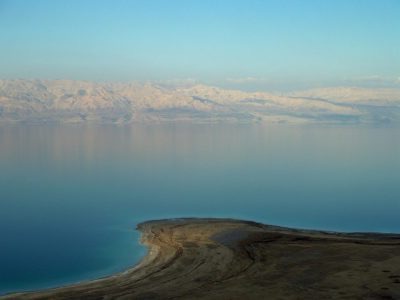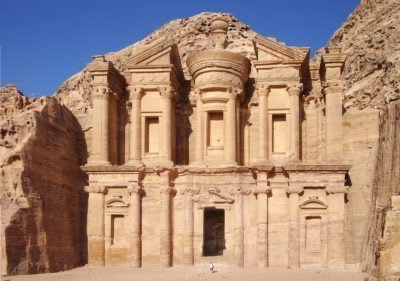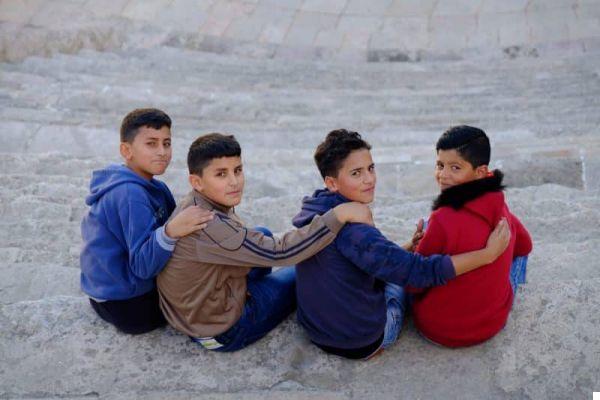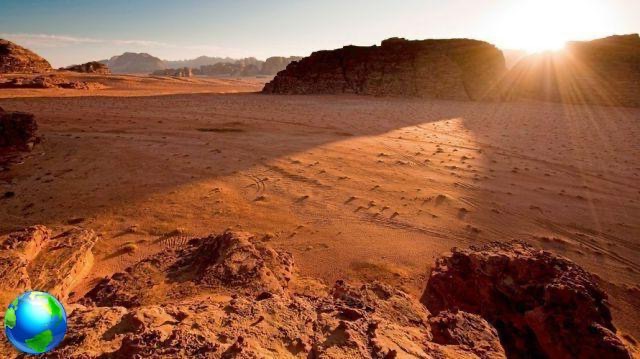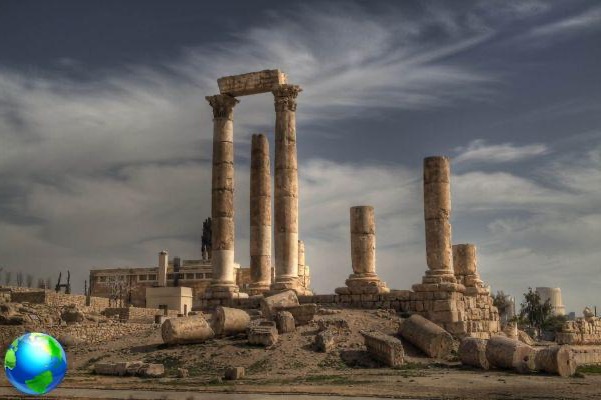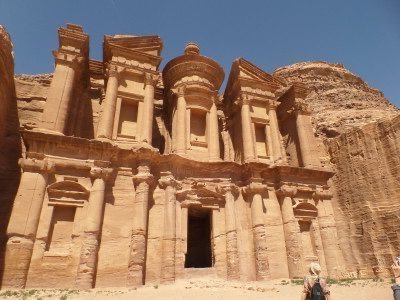
Jordan cannot be told by neglecting Petra, yet I have a kind of fear to do so, the place is too well known, too old, too wonderful to be captured by the words of someone who has only spent a day there. But I have to try.
Meanwhile, some practical advice: Petra is a about 250 kilometers south of Amman and the best solution is to get there with a rental car, the prices are not high and petrol costs half or with a car driven by a local driver. This last solution will be good for your nerves - driving in this country is very "casual" compared to the rules of the road, but it will certainly take away all the charm of the slightly adventurous on the road ... Desert Highway, an almost freeway, or opt for the spectacular King's Highway, a state road that crosses villages, cities, also relevant for tourism, and absolutely spectacular landscapes.
Wherever you arrive, Petra demands at least one day from the visitor and it is advisable to start this day early, to enjoy the peace of the site and the various color changes linked to the light reflecting on the famous building facades.
Petra is just the ancient city of the gods Nabataeans, a huge archaeological site to be explored: tourist facilities - hotels, restaurants etc. are located in the nearby village of Wadi Mousa. I therefore recommend finding accommodation in Wadi Mousa, there is something for all budgets, and to enter the site in the morning as soon as the ticket offices open at 7.30. The ticket for a day costs 50 JD, an absolutely disproportionate figure compared to the other Jordanian sites, but justified by the enormity of the place; despite the credit card stickers we had to pay cash. Those who come here from Israel pay 90 JD; a ticket for several days costs significantly less. Petra is on a barren and stony ground, all completely exposed to the sun: it is necessary to equip yourself with trekking shoes, drinking water and possibly a hat.
However, after crossing the threshold, you begin to walk in a small valley, which soon narrows drastically: you enter the Siq, a canyon of high and steep sandstone walls with beautiful shades, where you can see the first interesting signs of this civilization, such as the channels dug into the rock so as not to lose even a drop of rain, or the remains of the majestic bas-reliefs that must have aroused the - first - wonder in visitors. Because the real wonder comes after almost 1,5 km of Siq, when from the crack in the walls you begin to glimpse the majestic facade of the Treasury.
I don't know how to explain, the
Il time of the Nabataeans, creators of a wonderful and proud city, which even resisted Alexander the Great, who had to amaze any visitor with the astonishing facades of tombs like cathedrals literally pulled out of the yellow, reddish, pink, orange rock, you can't say all the shades present. A city with streets, colonnades, 3000-seat amphitheater, temples and certainly many houses of which no traces remain.
Many argue that what emerged from the soil of Petra is just at the tip of the iceberg of what is still under the earth and sand of this incredible place. In any case, you get lost walking among the majestic tombs, some half-erased by the weather, you take endless stairways leading up to the mountains that surround it. The most demanding task is to go up to the Monastery, another building or rather gigantic facade, in front of which one can only be silent. Up here you can enjoy a coffee, sit for hours in contemplation, or climb to other peaks where some tents from which enterprising Bedouins promise the "best view" of the surrounding landscape.
Wherever i meet bedouins with their stalls, you can hear their stories. Until it became the Jordan's most valuable open-air museum Petra was inhabited by the Bedouins, who occupied the cavities dug in the rocks or stayed in tents, grazed the animals and that only recently have been kindly cleared to make way for tourists. And anyway I want to reassure you, the tourist clichés are all there, from wheelchairs to mules to camels to transport us, to the sale of all kinds of trinkets; perhaps a little too touristy even the version by night, when the site is illuminated by the light of countless candles; I have not experienced it, but I think it can only add beauty to this place.




